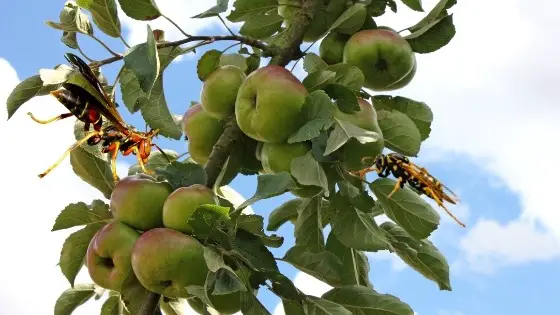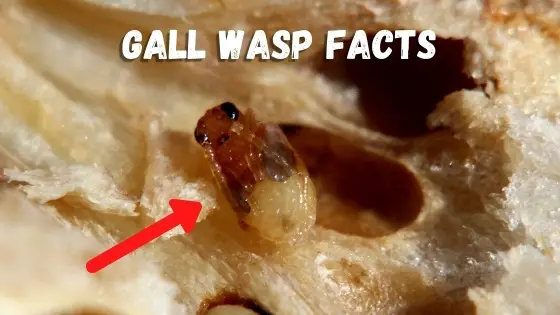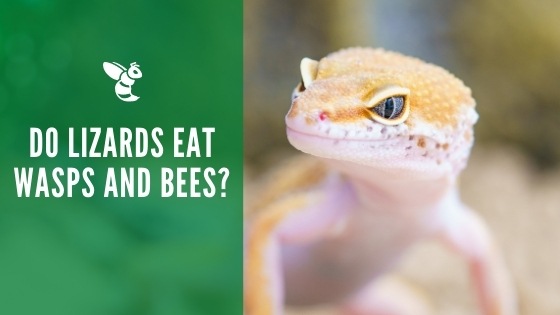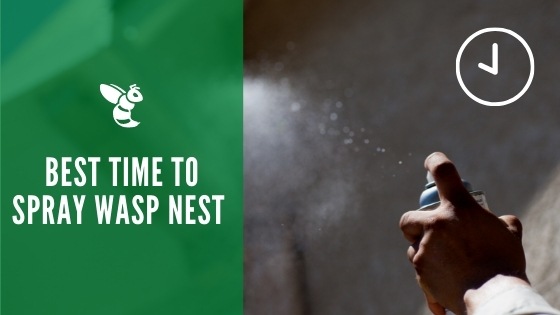Trees That Attract Wasps

Wasps may seem like a nuisance to have around, but they make very beneficial neighbors. If you have them in your yard, they can help eliminate other unwanted insects that may be eating your landscaping. They can also aid in the pollination of plants and flowers.
The only real issue is, some wasps can sting. There are even wasps that have incredibly large stingers that can sting more than once. If you’re someone who typically has a reaction to a sting or has an allergy to a wasp sting, you probably want to get rid of them as soon as you spot them. Like any other insect or pest, wasps can be attracted to certain species of plants and trees.
Knowing what they like can allow you to make educated decisions regarding the kinds of trees you plant in your yard. If you skip some of their favorites, your yard won’t be a target for a wasp colony.
Trees That Attract Wasps
The majority of fruit trees are likely to attract wasps. Paper wasps and yellow jackets are the species that stick to these kinds of trees. Wasps are a big fan of sweet things, and fruit trees providing plentiful amounts of ripe fruit are hard for them to resist.
Wasps very popularly target fig trees. There is even a fig wasp species that pollinate these fig trees. Because this has been such a popular historical process, fig-trees now rely on the fig wasp to thrive. A female fig wasp will lay her eggs inside of the physical fig. The wasp can raise her young in this environment, pollinating the hundreds of fig flowers inside. The female fig wasp dies inside of the fig, and the eggs become adults. Not to worry, the fig wasp does not have a stinger and will not harm humans.
When it comes to plants that attract wasps, you’ll often find wasps buzzing around things like fennel, Queen Anne’s Lace, yarrow, and spearmint. Spearmint has a strong smell that you might assume would repel wasps, but it attracts many insects that wasps are looking to kill and consume.
Trees & Plants That Repel Wasps
If a tree doesn’t produce fruit or sweet flowers, a wasp won’t typically be attracted to it as their first choice, but there aren’t necessarily trees that will act as a natural repellant to wasps. If you’re trying to keep wasps away from your tree choice for your yard, stick to something basic that doesn’t flower, such as a maple tree or non-fruit bearing pear tree.
If you’re trying to avoid wasps around your trees, some plants can deter them with a strong smell or odor. Eucalyptus can be found in many natural-based insect repellents. It grows in a variety of climates, so you can easily plant some around your yard.
If you live in an area where the winter temperatures drop below twenty degrees for several days in a row, eucalyptus might not be something that you can maintain year-round.
Peppermint
Peppermint is a lovely scent to humans, but wasps find peppermint to be very irritating. You can grow peppermint in all kinds of soil conditions, and peppermint can grow very quickly if you’re trying to get a wasps issue under control. Unfortunately, peppermint can get pretty wild, so you’ll need to trim it frequently if you don’t want it overtaking your yard.
Citronella
Citronella is a natural ingredient in many bug repellents and candles. It has a citrus-like smell that insects can’t stand. You can plant citronella safely around the base of trees, and you’ll be able to naturally repel wasps and many other insects.
Marigolds
If you want to have colorful flowers on your property around your trees but don’t want to attract wasps, marigolds are a great landscape addition. Marigolds repel the majority of insects, so you can also include them around vegetable gardens and bushes.
If wasps have made a nest in your yard and you’re not sure how to get rid of it, you can call a professional for advice. The nest will likely die out over the fall and winter, but you may want to get rid of it sooner if there is a risk for humans and pets to get stung by the nearby wasps.



